Growth in End-User Industries
The Formulation Additives Market is significantly impacted by the growth of end-user industries such as construction, automotive, and consumer goods. As these sectors expand, the demand for formulation additives that enhance product performance and longevity increases correspondingly. For instance, the construction industry is projected to grow at a rate of 6% annually, driving the need for additives that improve the properties of concrete and coatings. Similarly, the automotive sector's shift towards lightweight materials necessitates the use of advanced additives to ensure safety and efficiency. This interdependence suggests a robust future for the formulation additives market, with potential growth opportunities arising from these expanding industries.
Regulatory Compliance and Safety Standards
The Formulation Additives Market is increasingly influenced by stringent regulatory compliance and safety standards. Manufacturers are compelled to adopt formulation additives that meet environmental and health regulations, which are becoming more rigorous. This shift is particularly evident in sectors such as food packaging and personal care, where consumer safety is paramount. The market is witnessing a transition towards eco-friendly and non-toxic additives, which aligns with regulatory frameworks. As a result, companies that prioritize compliance are likely to gain a competitive edge, potentially leading to a market expansion of around 4% annually as they adapt to these evolving standards.
Rising Demand for High-Performance Products
The Formulation Additives Market is experiencing a notable increase in demand for high-performance products across various sectors, including coatings, adhesives, and plastics. This trend is driven by the need for enhanced durability, improved aesthetics, and superior functionality in end products. As industries strive for competitive advantages, the incorporation of advanced formulation additives becomes essential. Market data indicates that the demand for specialty additives is projected to grow at a compound annual growth rate of approximately 5.5% over the next few years. This growth reflects a broader shift towards products that not only meet but exceed performance expectations, thereby propelling the formulation additives sector forward.
Consumer Preference for Sustainable Products
The Formulation Additives Market is increasingly shaped by consumer preferences for sustainable and environmentally friendly products. As awareness of environmental issues grows, consumers are actively seeking products that utilize sustainable formulation additives. This trend is particularly pronounced in sectors such as personal care and packaging, where eco-conscious consumers are driving demand for biodegradable and non-toxic additives. Market data suggests that the sustainable additives segment is expected to grow at a rate of 7% annually, reflecting a significant shift in consumer behavior. Companies that align their product offerings with these preferences are likely to enhance their market position and appeal to a broader audience.
Technological Innovations in Additive Manufacturing
The Formulation Additives Market is witnessing a surge in technological innovations, particularly in additive manufacturing processes. These advancements enable the development of new formulation additives that enhance the performance and efficiency of products. Innovations such as 3D printing and smart additives are transforming traditional manufacturing paradigms, allowing for greater customization and efficiency. Market analysis indicates that the additive manufacturing sector is expected to grow by approximately 25% over the next five years, which will likely drive demand for specialized formulation additives. This technological evolution not only enhances product capabilities but also opens new avenues for market participants to explore.
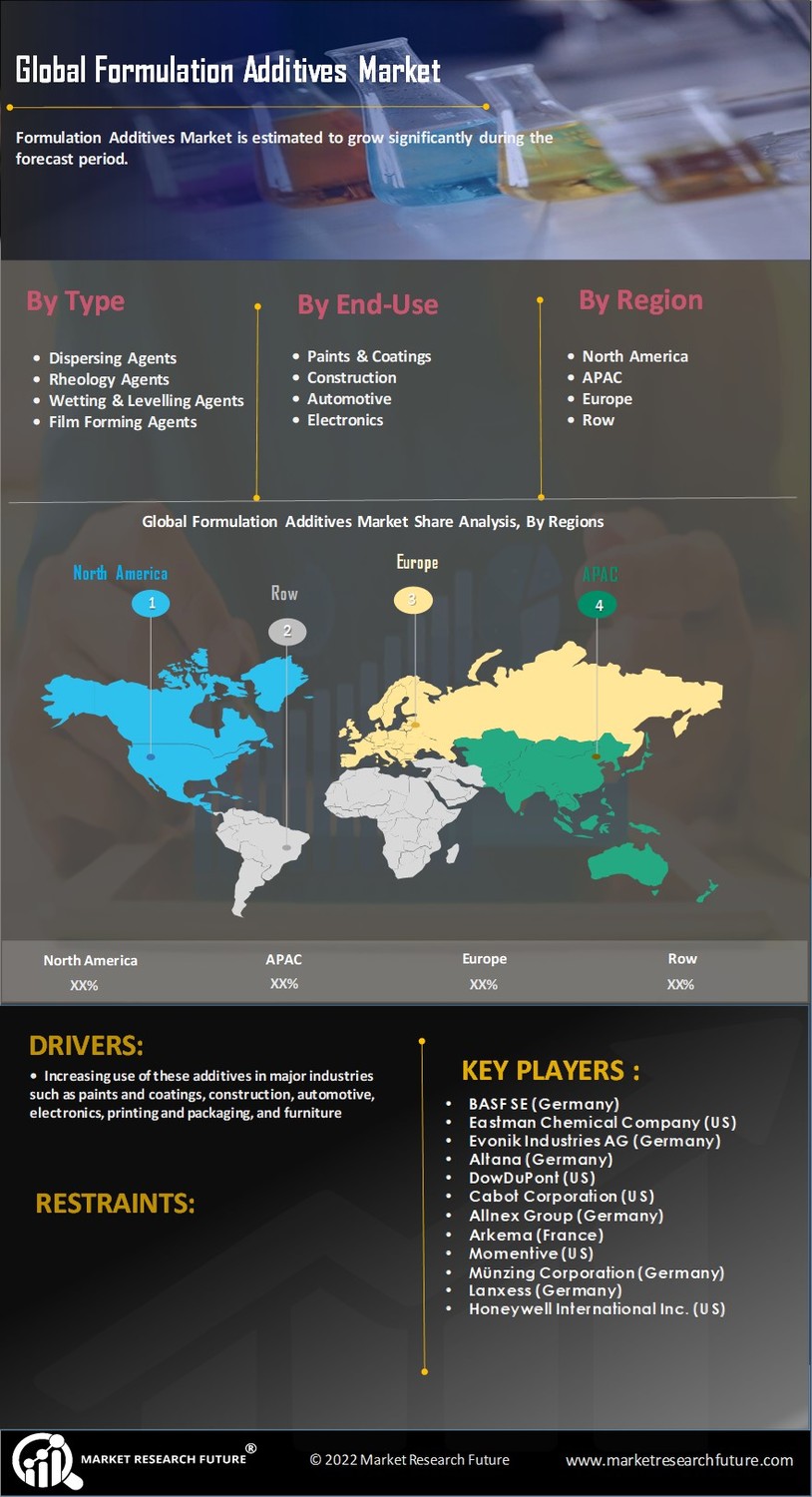

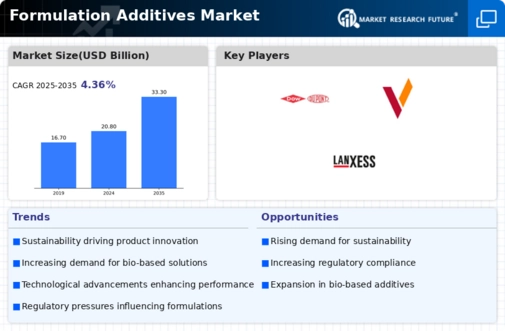
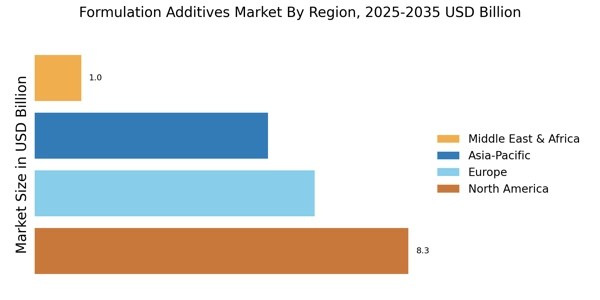

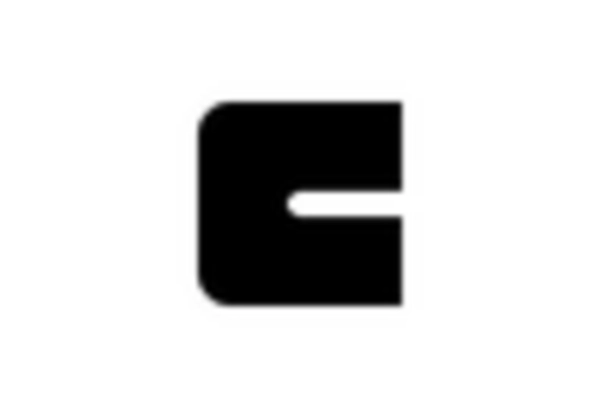
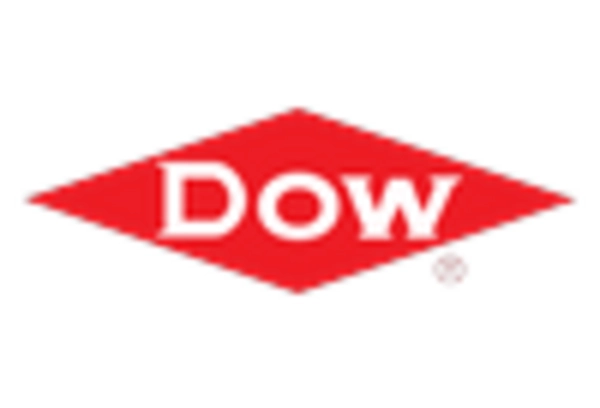
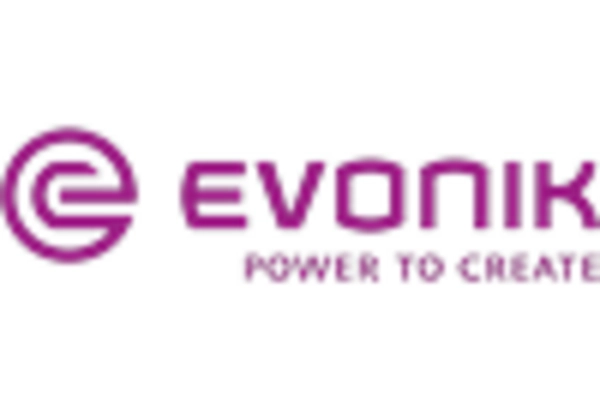

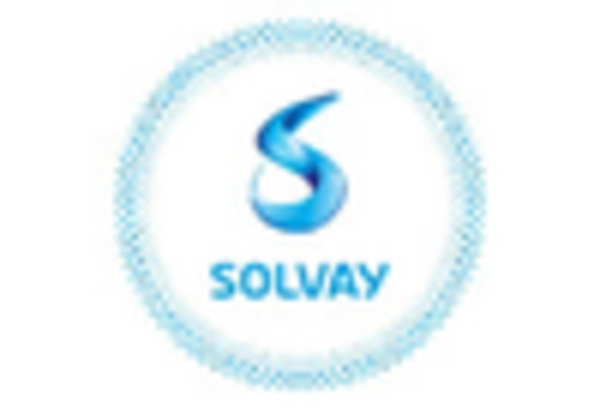








Leave a Comment